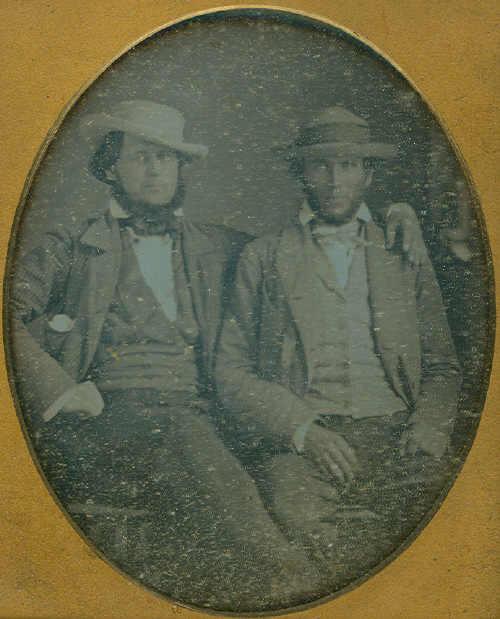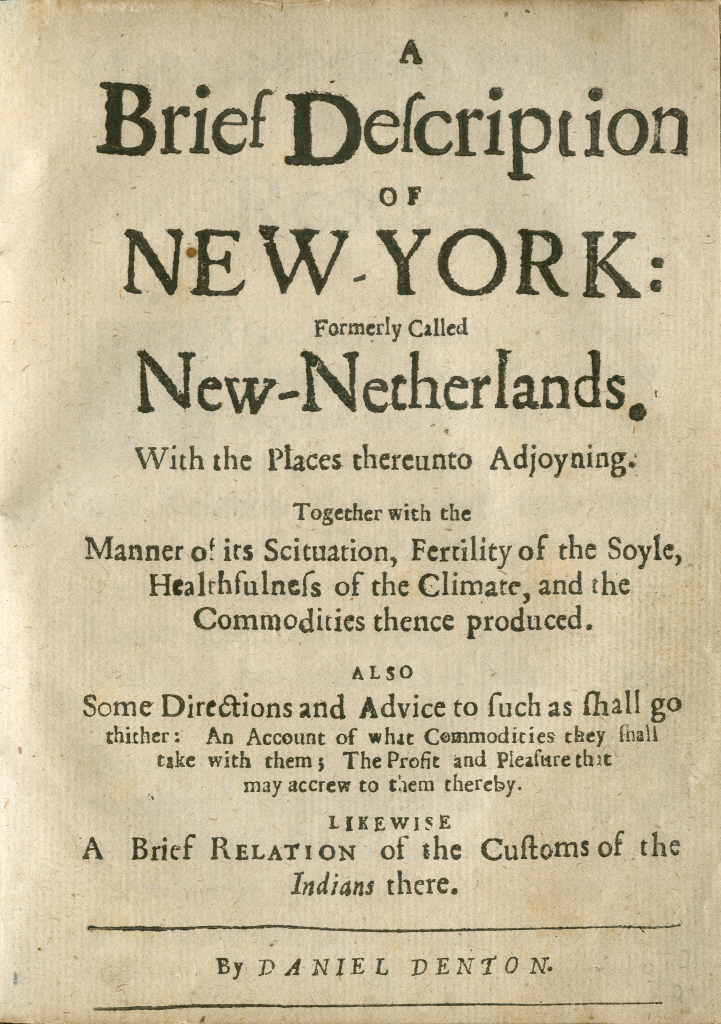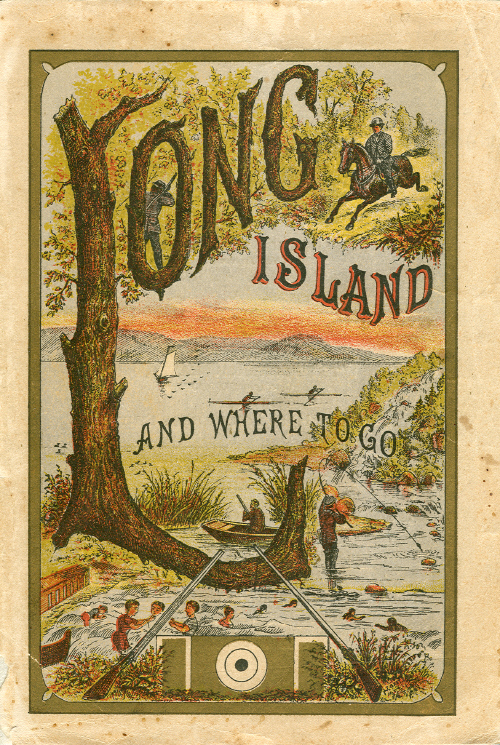Mission
The Long Island Room is committed to identifying, collecting, managing, preserving and rendering accessible materials of enduring value that relate to the settlement, history and culture of Long Island, with a special emphasis on Smithtown and the surrounding region. Collection areas encompass history, geography, biography, genealogy, art, literature, the environment, science and religion. Since the Long Island Room is a paper-based archives the collection's main focus is on materials such as primary documents, local family and business records, scrapbooks, manuscripts, rare books, maps, atlases, photographs, postcards, newspapers, posters and the like. These materials, as well as a variety of secondary sources are available to the patrons of the Smithtown Library and outside researchers. In addition, the Long Island Room strives to heighten the local community's awareness of its resources through a broad range of outreach efforts that include exhibits, programs, digitization projects, oral history recordings, and coordinated research projects with companion institutions.
Scope
The Richard H. Handley Collection of Long Island Americana (more commonly referred to as the Long Island Room) is a special local history archives located within the Library's Smithtown Building. The collection is comprised of approximately 8,400 books, 750 maps and 200 boxes of archival and manuscript materials. Additionally, the collection includes historic atlases, account books, scrapbooks, audiovisual materials, paintings, engravings, photographs, daguerreotypes, tintypes, microfilm, newspapers, postcards, posters, subject files and ephemera.
Throughout its existence the Long Island Room's collecting strategy has focused primarily on documenting the settlement and history of physical Long Island. As such, most collection materials relate in some way to Long Island, New York City, lower Connecticut and colonial New England (where settlers came from to populate the Long Island region). These materials cover a wide variety of subject areas and include geographies, histories, biographies, law books, periodicals, local town records, writers' manuscripts, religious sermons, military accounts from the American Revolution through to World War II, items related to specific aspects of Long Island agriculture, science and technology, literature, art and architecture, transportation and industry. The collection also reflects a special emphasis placed on Smithtown's local history that captures the cultural, political, economic, environmental, genealogical and religious trends that have changed over time in the community. These materials document the founding, settlement, and history of the Smithtown area and consist mainly of ledgers and papers from local individuals, families, businesses and organizations.
Some of the highlights of the Long Island Room's collection include an original copy of Daniel Denton's 1670 book, A Brief Description of New York: Formerly Called New-Netherlands; a 1770 broadside from the Oysterponds area of Long Island recounting the deaths of four men lost at sea; a manuscript copy of Gabriel Furman's 1824 publication, Antiquities of Long Island; a log that chronicles the voyages of four whaling ships-- the Neptune, Sabina, Niantic, and Hamiliton from 1839 to 1850; a collection of early twentieth century primary source materials relating to the construction of Motor Parkway and the Vanderbilt Cup Races; several early Dutch maps of Long Island and the surrounding coastline dating back to the seventeenth and eighteenth centuries; documents and materials relating to the establishment and early history of the Long Island Rail Road; documents, sermons and manuscripts related to the history of slavery on Long Island; religious tracts and sermons from the eighteenth century; and a representative selection of Long Island atlases, mostly dating back to the late nineteenth and early twentieth centuries.

Daguerreotype of brothers, Aaron and Joshua Smith (7th generation Smiths), ca. 1850

Cover page from A Brief Description of New York: Formerly Called New-Netherlands, Daniel Denton, 1670

Cover of guidebook, Long Island and Where To Go! A Descriptive Work Compiled for the Long Island R.R. Co. for the Use and Benefit of Its Patrons, 1877